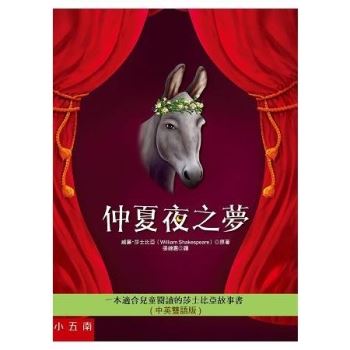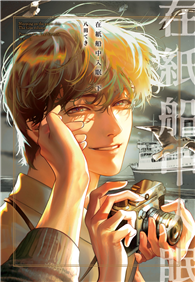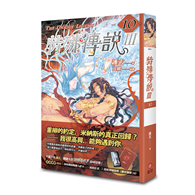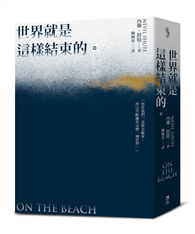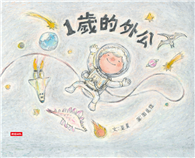There are simularities and differences between the European and Japanese medieval warrior traditions that reflect the social evolutions within those cultures. Over the years publishing the Journal of Asian Martial Arts, we published articles that presented the main themes found in this unique area of comparative studies. The most important of these writings are assembled in this anthology for your convience. Chapters 1 and 2 are by Dr. Willy Pieter, a leading scholar with a thorough grasp of European and Japanese martial art traditions. His first chapter examines the feudal system and how aspects of social organization helped form the warrior ethic, resulting in a mix of scientific and intuitive elements. In the second chapter Dr. Pieter illustrates how the perception of the human body and mind are culturally different in the East and West. Westerners have a long tradition of dualism, which separates the body and mind, while the Eastern approach has been wholistic. The author discusses scientific and medical histories for insight, particularly Chinese and European influences on Japan. In the third chapter John Michael Greer presents the esoteric side of a European sword tradition as found in the writings of Dutch fencing master Gerard Thibault (ca. 1574-1627). He notes that Asian and Western combat systems havebeen understood in sharply different ways over the last century or so. Asian combatives came to be associated with Eastern spiritual traditions and seemed to be very different than any Western combative system. However, this short chapter shows that there is actually much in common.In the final chapter Matthew Galas compares and contrasts the sword arts in Germany with the classical Japanese martial traditions. The period covered by this inquiry reaches from approximately 1350 until 1600. The focus is on general principles and combat philosophy. The study reveals that German sword techniques were as effective as their counterparts in feudal Japan. The content in this anthology is usefull for anyone interested in either or both European and Japanese martial art traditions exemplified during their medieval periods. Enjoy reading this special anthology dedicated to two leading warrior traditions.
| FindBook |
有 1 項符合
Medieval Warrior Cultures of Europe and Japan: Body, Mind, Sword的圖書 |
 |
Medieval Warrior Cultures of Europe and Japan: Body, Mind, Sword 作者:Greer B. a. 出版社:Via Media Publishing Company 出版日期:2015-11-17 語言:英文 規格:平裝 / 86頁 / 22.91 x 15.19 x 0.46 cm / 普通級/ 初版 |
| 圖書館借閱 |
| 國家圖書館 | 全國圖書書目資訊網 | 國立公共資訊圖書館 | 電子書服務平台 | MetaCat 跨館整合查詢 |
| 臺北市立圖書館 | 新北市立圖書館 | 基隆市公共圖書館 | 桃園市立圖書館 | 新竹縣公共圖書館 |
| 苗栗縣立圖書館 | 臺中市立圖書館 | 彰化縣公共圖書館 | 南投縣文化局 | 雲林縣公共圖書館 |
| 嘉義縣圖書館 | 臺南市立圖書館 | 高雄市立圖書館 | 屏東縣公共圖書館 | 宜蘭縣公共圖書館 |
| 花蓮縣文化局 | 臺東縣文化處 |
|
|
內容簡介
作者簡介
Willy Pieter, Ph.D., is involved in interdisciplinary martial arts research in several countries in Europe, Asia, and North America. He received his doctorate in physical education from the University of Oregon in Eugene. Recently Dr. Pieter was a professor in the Department of Kinesiology, Faculty of Sports Studies, at Masaryk University in the Czech Republic. As a leading scholar in the martial arts field, Dr. Pieter is an author with a lengthy list of publications, and a regular presenter at international conferences. John Michael Greer, B.A., is an American author and independent scholar with a focus on esoteric studies. He translated Academy of the Sword (Academie de l’Espée), by Girard Thibault. Originally published in 1630, the book is "the most elaborate manual of swordsmanship ever published in any language, packed with hundreds of clearly described and illustrated techniques." Greer’s work sheds light on European sword systems, and indirectly brings a fine source to compare with Asian sword systems. Matthew Galas, M.A., is an American attorney working at the NATO Headquarters in Mons, Belgium. An avid fencer since 1977, Mr. Galas is proficient in foil, épée, and saber. In addition, he studied the Japanese sword arts of kendo and iaido for five years. Mr. Galas has been studying the fencing manuals of medieval Germany, sword in hand, since 1982. He is currently at work on a book about Johannes Liechtenauer and the fighting arts of medieval Germany.
|
